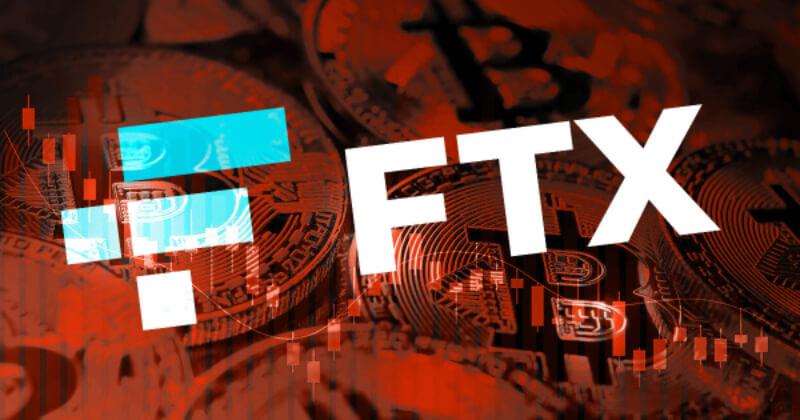- FTX settles with CFTC, subordinating a $4 billion claim to provide additional compensation for affected crypto holders.
- The settlement recognizes harm to crypto investors, influenced by 200 victim statements to Judge Kaplan.
- Controversy surrounds the use of victims’ assets for government fines before fully compensating them at current market prices.
The bankrupt digital asset exchange FTX has achieved a settlement with the Commodities Futures Trading Commission (CFTC). This arrangement is a crucial moment in the ongoing story of FTX bankruptcy that has captivated the cryptocurrency industry since late 2022, provided that the court grants it. The detailed structure around the $4 billion settlement of a CFTC claim presents a new avenue for potential future compensation to affected Bitcoin investors.
Terms of the Settlement
Under the settlement terms, the CFTC’s $4 billion claim will be allowed but ranked below all other creditor claims and interest payments. Any funds that would have gone to the CFTC will instead be directed to a Supplemental Remission Fund.
This fund is designed to provide additional compensation to adversely affected cryptocurrency holders. However, it will only be activated after all creditors are paid with interest and if surplus funds are available.
This settlement follows a District Court order by Judge Kaplan. The order imposed a $4 billion disgorgement and $8.7 billion restitution to creditors. FTX debtors will receive a dollar-for-dollar credit against the disgorgement order as part of the agreement.
A key aspect of the settlement is its recognition that creditors with cryptocurrency-related investments have been particularly harmed by the alleged illegal conduct. This acknowledgment is partly attributed to the impact of over 200 victim statements sent to Judge Kaplan by FTX victims. These statements highlighted the significant financial losses and personal impacts experienced by these investors.
Controversies and Developments
However, the settlement has not been without controversy. Some creditors argue that the FTX bankruptcy estate is effectively using victims’ assets to pay government fines. These fines, they contend, result from FTX’s misrepresentations to the CFTC and are being paid before fully compensating the victims at current market prices.
Moreover, the FTX restructuring plan has encountered obstacles, particularly for holders of the FTT token. The official committee of unsecured creditors announced that FTX debtors are using Kroll, a third-party administrator, to distribute voting materials and comments to creditors and customers.
An aspect of this process is that users who filed claims solely based on FTT holdings are automatically considered to reject the restructuring plan. Consequently, they are not given voting rights. However, these claimants can still opt into the plan releases. Customers with claims involving fiat currency, other tokens, or cryptocurrencies beyond FTT should receive a ballot for voting on the plan.
Future Implications
This settlement marks a crucial step in resolving the FTX bankruptcy case. It aims to balance the interests of the CFTC, creditors and affected cryptocurrency holders. The ongoing developments will be closely watched as they unfold, shaping the future of cryptocurrency regulations and investor protections.






